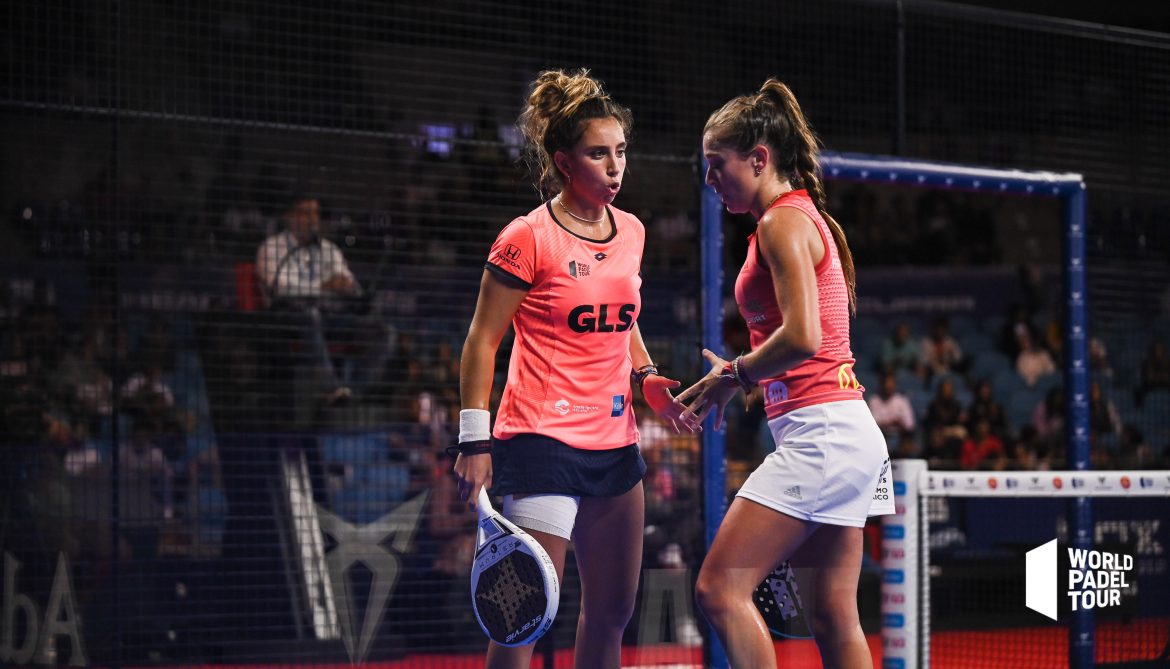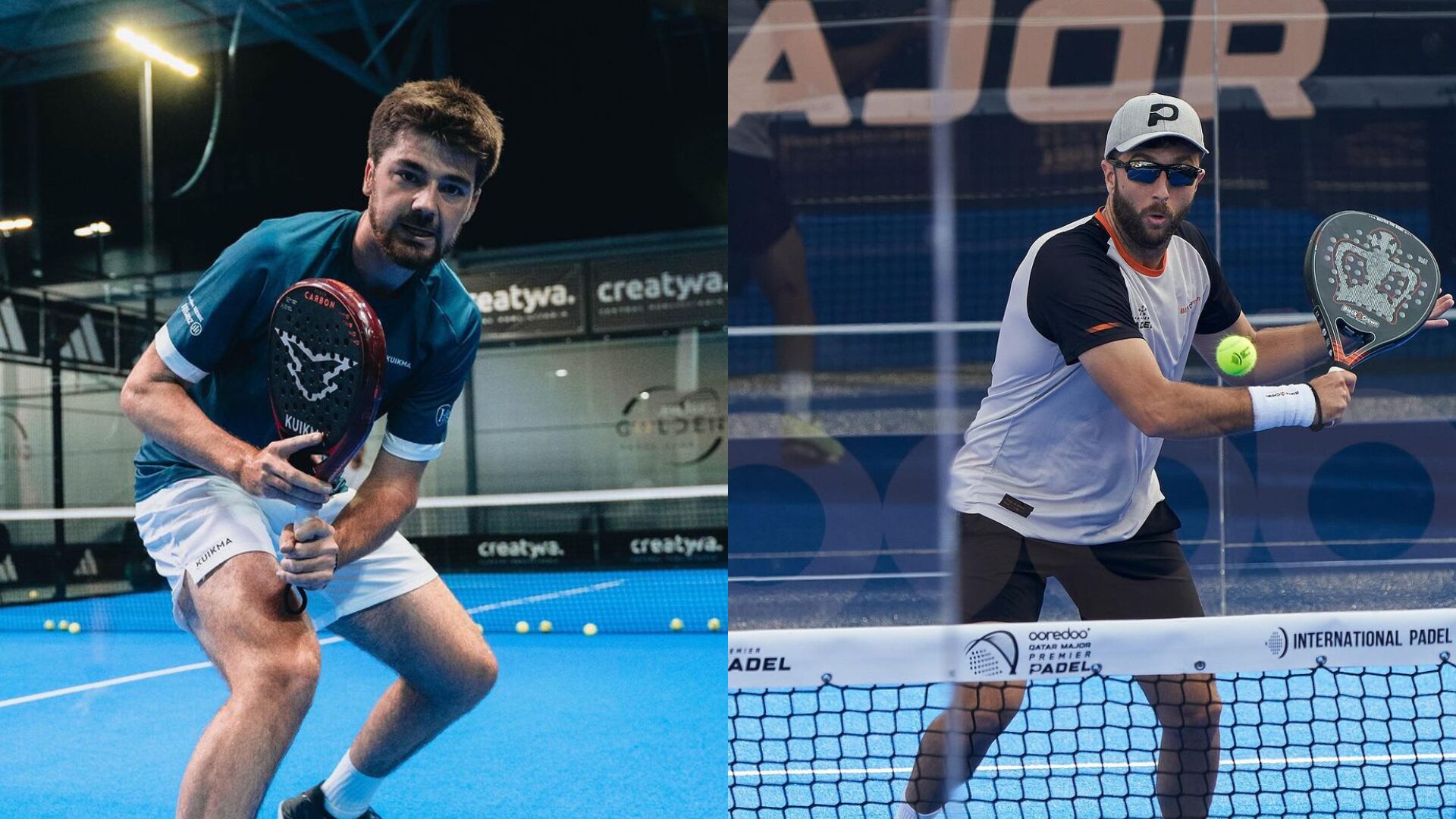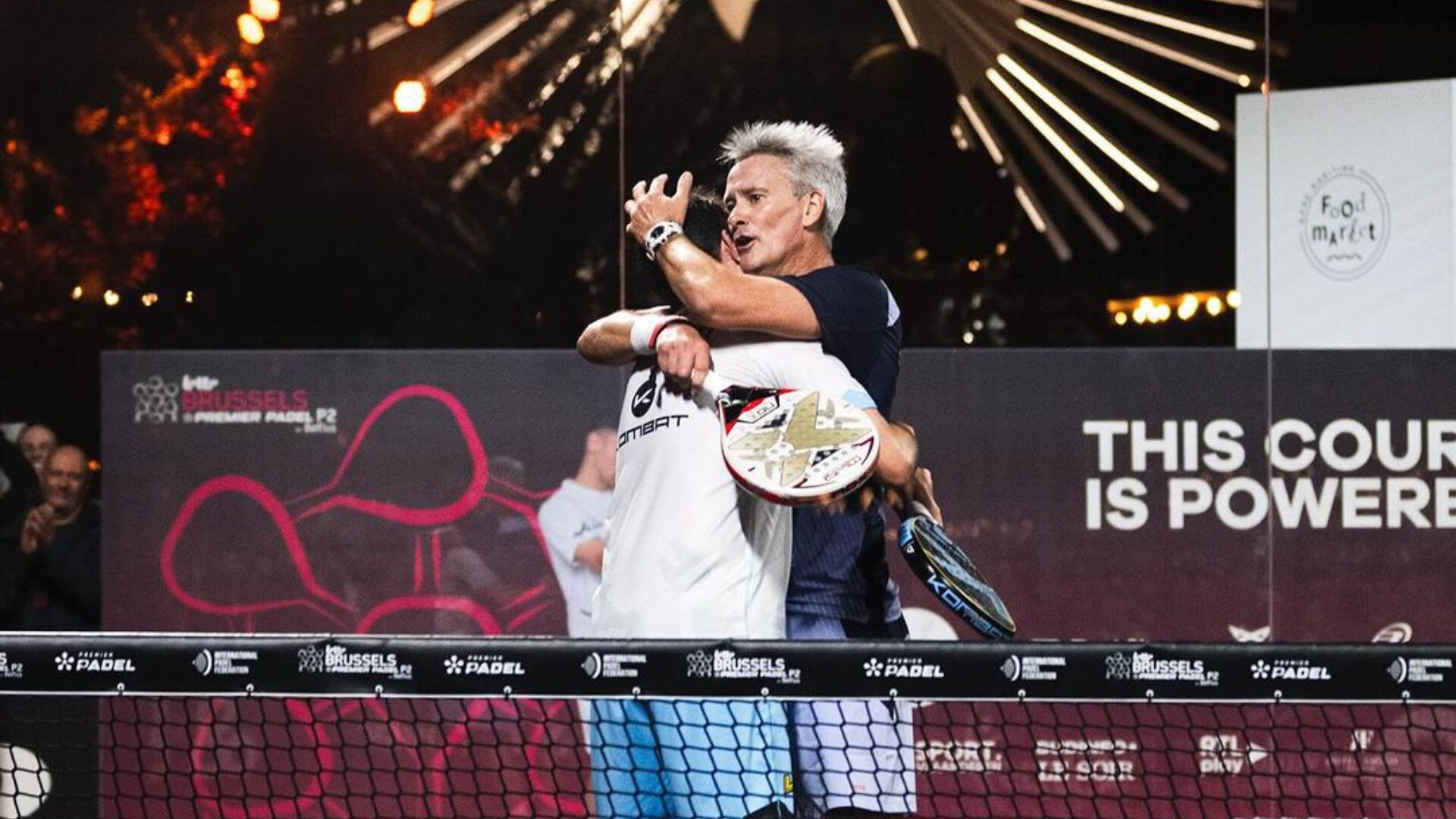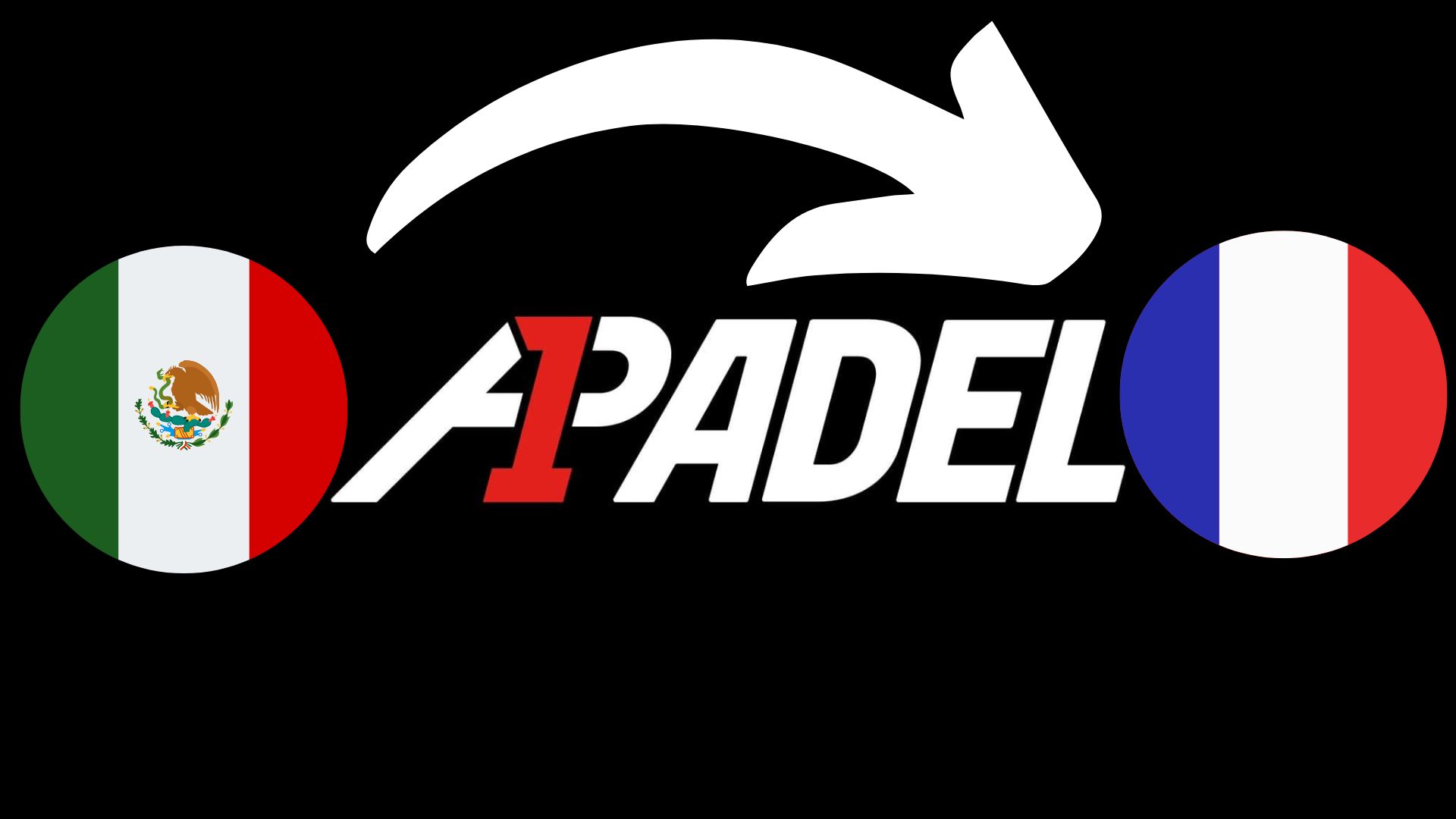Le padel is a team game. It position on the track, play tactically, organizer the game so that at two, the match turns to our advantage. A strong team must complement each other, be balanced, but must also communicate during stitches.
There are several things that are easy to see in high level players but that at a lower level we amateur players don't do, or very little. The first would be to work the point before accelerating the balls, but that's not the point. The second is the information that the players give each other during the point, and that is what interests us today.
Where and when ?
First of all, we must know in which situations it is better to talk to help our partner. The simplest is when we are posted at the net and we have to play a high ball. In this case it is interesting to know the position of the opponents to adjust our strike as well as possible.
The other situation is when we have to go back down the lane after a lob. During this race we also lose sight of the position of the adversaries and the words of the partner will be precious to us to avoid the wrong choice.
In all other cases, it is better to give free rein to the game and to everyone's choices, which is also the beauty of this game. Nothing prevents you from analyzing after the point a good or a bad choice of move or tactic .
Adapt according to your partner
Everyone is different and does not take information in the same way. We have to adapt. Some players like to make decisions so you will need to inform them of player positions so they can decide. On the contrary, other players will not know which move to make if you inform them of the position; but if you tell them where to play and how, they will be much more effective.
Information to give
What is important is to have short, clear messages repeated several times to keep your partner in tension. There are several announcements, it's up to you to see which is best for you and your partner.
Those who announce the diagonal
Le padel being played mainly diagonally, some take the side of announcing only the position of the player positioned in the diagonal of their partner about to strike. “At the bottom” (if it stays at the bottom), “half-track”, “stuck”, “very stuck” would already be quite a bit. This same information can be resumed when you are lobbed. This method could be the starting point for your work on communication. Simple and easy to process. Another little piece of advice that works is the word “quiet”, which tells your other half that everything is fine: he/she relaxes, and “often” plays a good ball.
Those who announce everything
It is much more complete as information but difficult to give and to treat. Knowing how to be complete, brief and precise by repeating several times is not given to everyone from day one.
First of all, you must agree with your partner on how to name each player. If you have their first names, perfect, otherwise we can announce "yours" or "mine" referring to the one facing you or the one on your diagonal, it's up to you to define it.
From there, same thing as for the previous chapter where we announced the position of the player in the diagonal, you will announce the position of the players with their name or nickname. “The 2 at the bottom”, “the 2 half”, “the 2 glued”, “yours at the bottom”, etc… knowing that the “quiet” will still work in this case.
Give orders
We are in the case where our partner is struggling to make decisions, and as a good teammate, we will help him. If you are this type of player who has trouble processing information but is receptive to orders, it is absolutely not a problem because often you place the balls better, and tactically you play better because your partner necessarily knows which shot you are going to play and he can accompany you with a time in advance on another pair where each one would make his decisions.
Being clear is the most important thing and above all being quick in transmitting information. “Quiet at the bottom” for a bandeja ; “gentle in the feet” when they are halfway; “go-go” when glued; “you have time” when you get lobbed and you want him/her to play a lob; “she is good” for a lob that would bounce a little high off the bottom glass and could allow for a bajada. We can also give the order to advance or to put under pressure when it is not your partner who is playing but you: you have a window exit, you want to play the chiquita and follow it to the net. For example, you will announce “go”, or “we are going”.
Information between partners is very important but often needs running in to find the best technique and above all to know what information your teammate hears, understands. The work is not easy, neither for one nor for the other because giving clear and precise information is complicated, listening to it even more so. But know that if the pros talk so much on a track and repeat up to 3, 4 times the same data or modify it according to the situation, there is a reason. It's your turn. Let's go!
Julien Bondia is a teacher of padel in Tenerife (Spain). Columnist and advisor, he helps you play better through his tutorials and tactical/technical articles padel.





































































































 Premier Padel Brussels P2 – The break obviously did Sanchez / Josemaria good!
Premier Padel Brussels P2 – The break obviously did Sanchez / Josemaria good! Premier Padel Sevilla P2 – From the waiting list to previas for Dylan Guichard and Ricardo Martinez!
Premier Padel Sevilla P2 – From the waiting list to previas for Dylan Guichard and Ricardo Martinez! Miguel Lamperti: three tie-breaks and a return to the quarter-finals!
Miguel Lamperti: three tie-breaks and a return to the quarter-finals! Guillaume Codron de Sud Padel : “A family project”
Guillaume Codron de Sud Padel : “A family project” Nallé Grinda: “Democratize the padel in the USA with PadelX "
Nallé Grinda: “Democratize the padel in the USA with PadelX " Simon Boissé: “We know that there are two nations in front of us”
Simon Boissé: “We know that there are two nations in front of us” Marie Maligo: “This period of frequent changes of partners was beneficial for me”
Marie Maligo: “This period of frequent changes of partners was beneficial for me” Gilles Moretton: “We will be able to put the padel at the level of tennis”
Gilles Moretton: “We will be able to put the padel at the level of tennis” Two P1000 doubled prize money approaching!
Two P1000 doubled prize money approaching! José Manuel Escin at the inauguration of Casa Padel DOS: “Finally, and thank you!”
José Manuel Escin at the inauguration of Casa Padel DOS: “Finally, and thank you!” Big evening in Brussels with two seeded players on the mat, heckled number 1s…
Big evening in Brussels with two seeded players on the mat, heckled number 1s… A1 Padel – the French Open replaces the Mexican Open on the calendar
A1 Padel – the French Open replaces the Mexican Open on the calendar 4 Fiberglass Padel Courts for The Ville de Paris: a choice that looks to the future
4 Fiberglass Padel Courts for The Ville de Paris: a choice that looks to the future Brussels Premier Padel Brussels P2 – Collombon / Bidahorria falls against Brea / Gonzalez
Brussels Premier Padel Brussels P2 – Collombon / Bidahorria falls against Brea / Gonzalez Padel Score comes to Tahiti for American Express Padel Cup!
Padel Score comes to Tahiti for American Express Padel Cup! Do you know the Rafa Nadal Academy Tour?
Do you know the Rafa Nadal Academy Tour? Play at padel on his yacht? Possible for €233.000!
Play at padel on his yacht? Possible for €233.000! Our Top 10 training courses padel in France and Europe
Our Top 10 training courses padel in France and Europe At the heart of padel – Episode 25: Paul and Andoni answer your questions
At the heart of padel – Episode 25: Paul and Andoni answer your questions Tactical padel – What to do when faced with players who systematically stay at the bottom?
Tactical padel – What to do when faced with players who systematically stay at the bottom? The basic tactics of padel
The basic tactics of padel At the heart of padel – Episode 25: Paul and Andoni answer your questions
At the heart of padel – Episode 25: Paul and Andoni answer your questions At the heart of padel – Episode 23: defend the window well
At the heart of padel – Episode 23: defend the window well Prohibition on playing topless Padel : the reasons
Prohibition on playing topless Padel : the reasons FIP Tour – Going far from Europe, THE strategy to earn points!
FIP Tour – Going far from Europe, THE strategy to earn points! What is a good football player? padel ?
What is a good football player? padel ? “Lefties give me headaches when I play against them!”
“Lefties give me headaches when I play against them!” At the heart of padel – Episode 14: how to earn points in winter?
At the heart of padel – Episode 14: how to earn points in winter? A par 4 is always a winner...even if you manage to defend it!
A par 4 is always a winner...even if you manage to defend it! Carbon fiber VS fiberglass: what to choose?
Carbon fiber VS fiberglass: what to choose? How to effectively test a racket padel ?
How to effectively test a racket padel ? La padel to fight Parkinson's disease
La padel to fight Parkinson's disease Don't play with a cracked or broken racket, your body will thank you!
Don't play with a cracked or broken racket, your body will thank you! Michel Cymes: “The padel, physically, it’s serious!”
Michel Cymes: “The padel, physically, it’s serious!” Jeremy Gala: “Promote the padel among young people in Belgium remains a challenge”
Jeremy Gala: “Promote the padel among young people in Belgium remains a challenge” The French Touch Academy organizes its selection day Padel-Study
The French Touch Academy organizes its selection day Padel-Study Report on the detection and training of younger generations
Report on the detection and training of younger generations